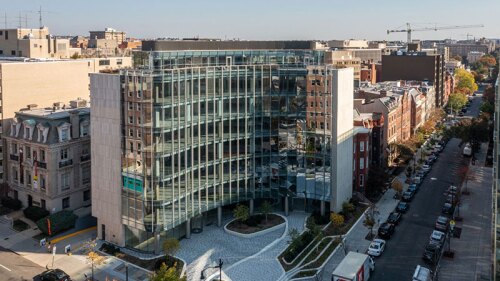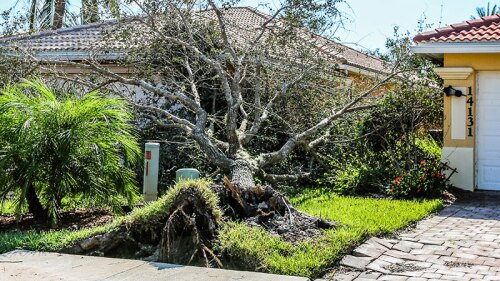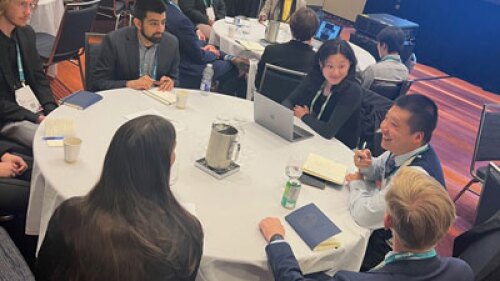If smart cities are to serve their populations, the human element must remain crucial for their designers and developers, attendees at the 2018 ULI Asia Pacific Summit were told.
A panel of developers, designers, and planners mulled over the development of the smart city in Asia during the summit, held in Hong Kong this month.
Scott Dunn, vice president for Southeast Asia at AECOM, noted that few Asian cities appear in global lists of smart cities, and a survey of audience members revealed that less than a quarter of them think they live in a smart city.
However, panelists said many Asian nations, including Singapore, China, Japan, and South Korea, are making significant progress with smart-city initiatives, efforts made easier in many cases by the fact the cities were starting from scratch.
Smart-city development faces three challenges, panelists said: changing the regulatory environment to accommodate advances; funding smart initiatives, which can take many years to pay off; and security. Bill Lee, director of real estate strategies and development at Microsoft, said his firm is engaged in an ongoing war with hackers, using systems with multiple redundancies. Digital security is now as important as physical security, he said.
Nina Yang, chief executive officer for sustainable urban development at Singaporean developer Ascendas-Singbridge, said the firm is creating a community in China and offering added services to tenants with a bespoke app; in India, the group’s business parks are generating electricity using solar panels. Some business parks generate up to 70 percent of the electricity they need, she said.
A theme shared by the panelists is the importance of designing smart cities that liberate people rather than just focusing on efficiency and sustainability. “We now design with the individual end-user in mind,” said Yang. She noted that the most successful smart applications—such as Uber and Airbnb—tap into consumer demand. “A top-down approach doesn’t work,” she said.
Doshik Yang, director of the Centre for Future Waterfront City, is master planning Busan Eco Delta City in South Korea, which covers 118 million square feet (11 million sq m) and will house 80,000 people.
He added that use of technology should empower people. “We want to promote freedom, equality, and participation; the smart city ought to be liberating,” he said.
Smart cities are designed with work in mind, but the leisure element cannot be forgotten, said Michael Owen, chairman and chief executive officer of Transpacific Enterprises and executive director of ULI Japan. “The developed world is on a four-day week—and that will soon be a three-day week—and cities are not being designed for that leisure time,” he said.
Looking outside the Asia Pacific region, Lee explained some of the smart strategies used in the current refresh of Microsoft’s main Seattle campus, which, he said, has the aim of “modernizing workspace in order to improve productivity and drive innovation.”
One 72-acre (29 ha) plot on the campus, which is being redeveloped, will have no roads. All parking and waste collection services will be underground. “When you separate people from cars, good things happen,” he said.
A survey of audience members revealed that the two technologies they think are most likely to affect their businesses in the next 12 months are the Internet of Things and big data.



